I’d arrived in Berlin without a plan, at least not a coherent one. I wanted to revisit some of the places I’d been before, and to check out some neighbourhoods that had been recommended to me, but other than that I just followed my nose. I made an early start on my second morning in the city, getting the U-Bahn to the Berlin Wall Memorial and Museum in Mitte. I arrived before the museum opened, but the memorial park over the road has excellent audio and video exhibits that you can visit at any time.
There’s little left of the wall that defined the geography of Berlin from 1961 to 1989. When it was built it had little regard for communities or families, cutting across roads and rail lines, and bringing normal life in the city to a halt. Destroying the hated symbol of a divided city was a very popular thing to do. The museum and memorial park has retained a segment of the original wall, not just the concrete blocks that were targets for graffiti in the West, but also the watchtowers, searchlights and electronic detection devices collectively known as the ‘death strip’.


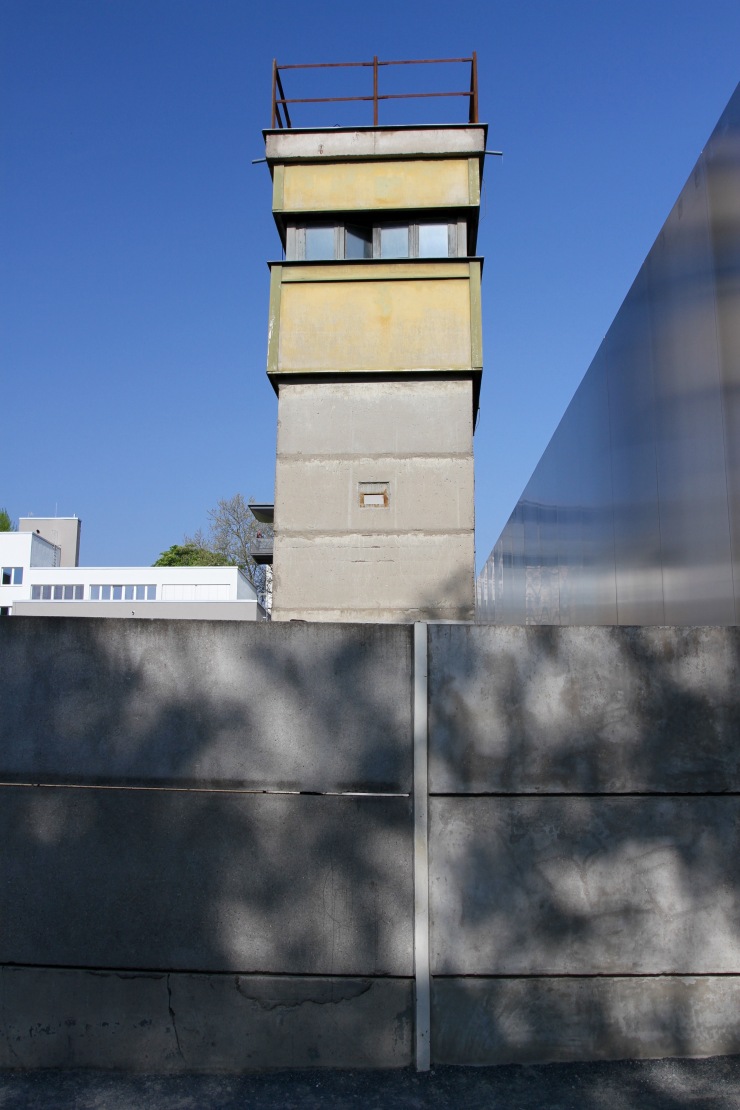

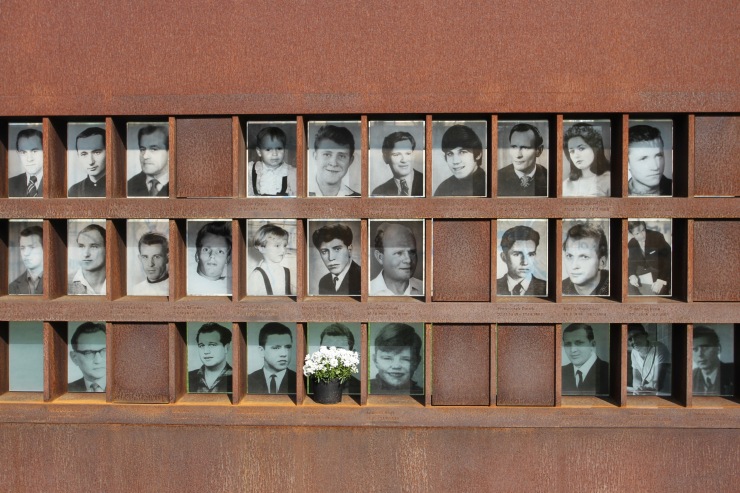
It combines this with testimonials of those the wall affected, and remembers the 136 people who died attempting to cross the wall. There’s audio of people’s stories and you can read about how the wall came to be constructed. Unsurprisingly, the local council wanted to get rid of the whole thing, but the city insisted on keeping it. The museum does an excellent job of explaining the social, political and economic causes and effects of the wall. Afterwards, you can visit a peaceful cemetery which, like so much else in Berlin, became off limits for anyone on the wrong side of the wall.
It turns out that Bertolt Brecht, the legendary playwright, theatre director and founder of the Berliner Ensemble, lived quite nearby at the Brecht House on Chausseestrase. As a Marxist playwright, Brecht was despised by the Nazis, he fled Germany fearing for his life when Hitler came to power in 1933. He ended up in the United States where, as an anti-Fascist, he was initially welcomed. A suspected communist in post-war America he was investigated by the House Un-American Activities Committee. He returned to Europe in 1947, and then to live in East Berlin in 1949.
His final years, before his death in 1956, were spent at this house and, to my surprise, he is buried with his partner, Helene Weigel, in the adjacent Dorotheenstädtischer cemetery. It’s only possible to visit the house on a guided tour, I’d arrived just in time for the final tour of the day – at midday – but I couldn’t find anyone to ask for a ticket. I hung around until a woman appeared. I was the only person for the tour that day and had a personalised visit in English. It was brilliant.
I went to the cemetery to see Brecht’s and Weigel’s grave. I picked up a leaflet about the cemetery and even I recognised several of the names in it. Passing a mausoleum that still carried bullet holes from fighting in World War Two, I spent a peaceful hour just wandering around this shady space. This is Berlin’s version of the Père Lachaise in Paris or Highgate in London. Amongst other luminaries buried here are philosopher Friedrich Hegel, author Heinrich Mann, and eight members of the 20 July 1944 plot to kill Adolf Hitler, that was led by Claus von Stauffenberg.
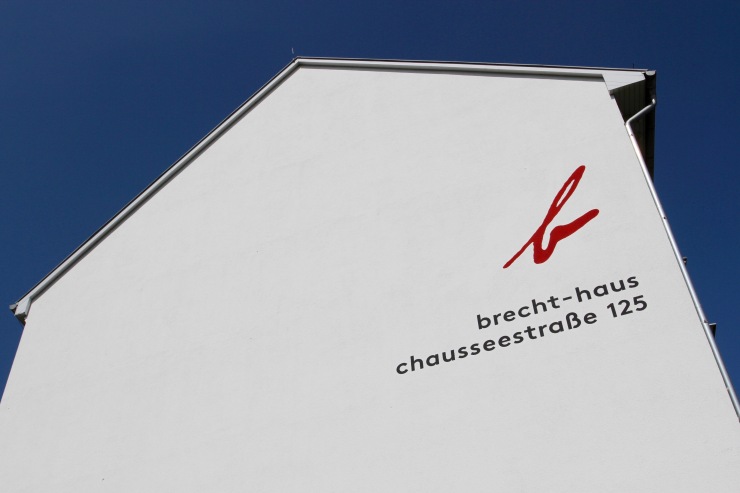

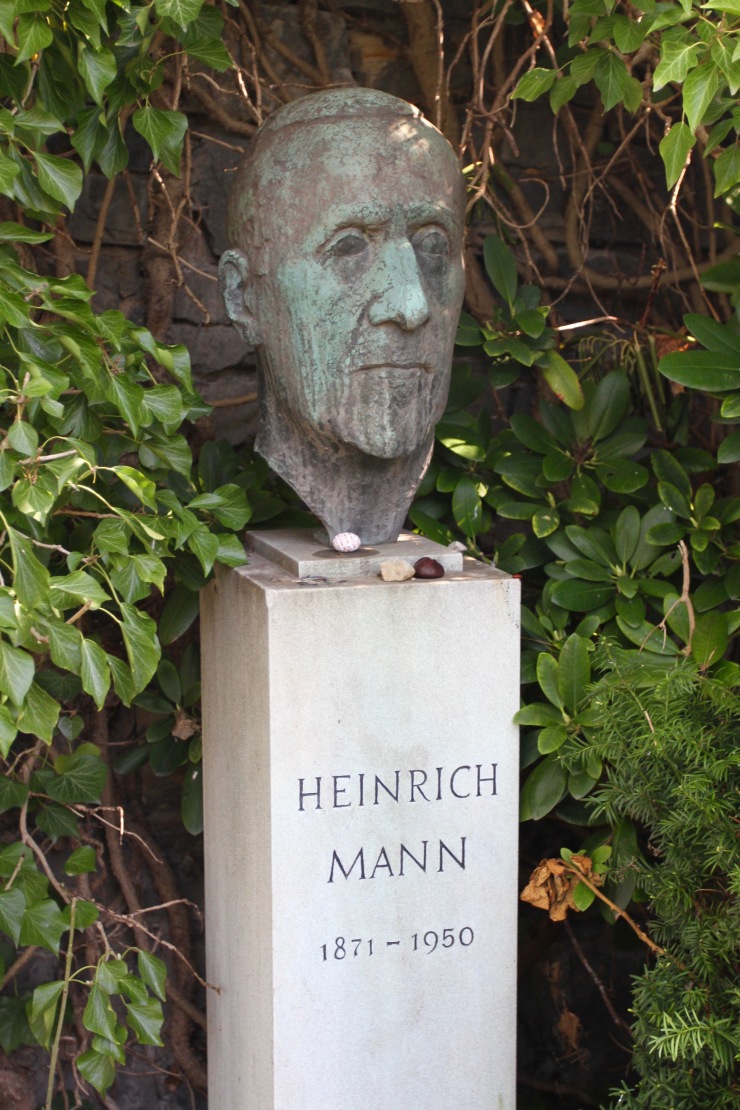
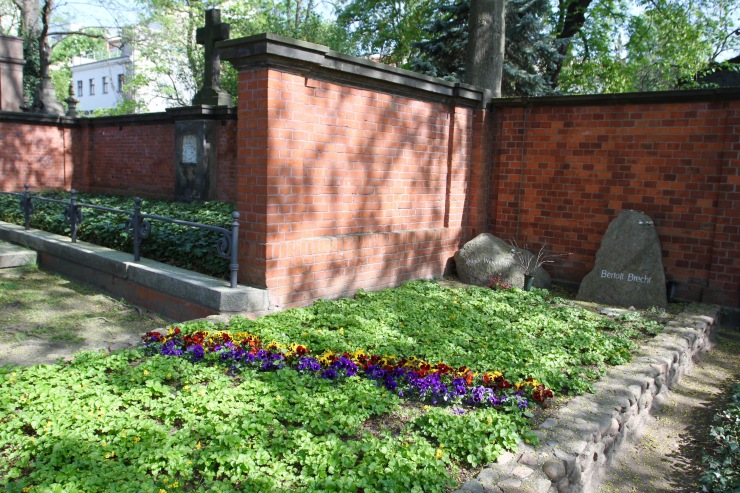
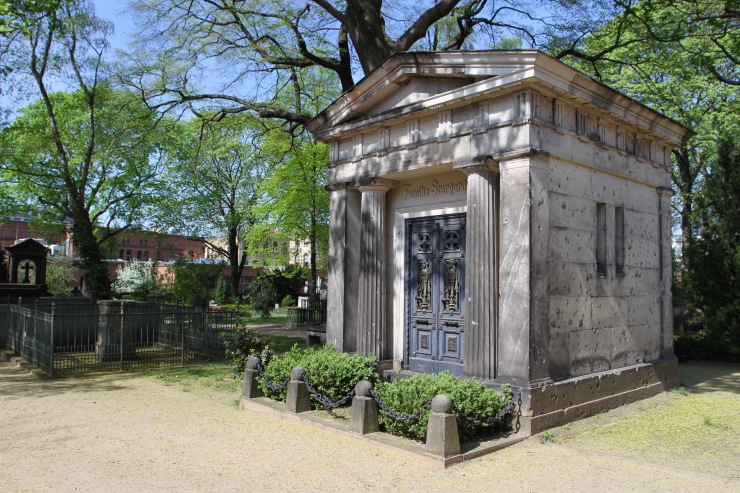
It’s impossible to avoid history here, or to stray into the realms of cliche describing a visit to Berlin. After a morning exploring, I set off looking for lunch. Luckily, I was near the mind-bendingly trendy streets behind Oranienburger Strasse. There are more boutique restaurants, bistros and cafes here than London’s Shoreditch. I found a deli that did a superb bagel and salt beef, washed down with a craft beer recommended to me by two friendly Americans on the next table. Fully refreshed, it was time to get back on the streets.













I’m vicariously enjoying one of my favourite cities in the world through these posts so thank you for sharing them. I must admit I have mixed feelings about Brecht after having to study him for A Level German, but will attempt to get to his house on my next visit to Berlin.
When I visited the city at the end of 2016 I must admit we started each day with a plan, and I don’t think we ever got to our intended destinations, because something interesting always came up on the way.
Studying anything for A Level is almost guaranteed to ruin it for later life. The Brecht House is good though, it’s small and filled with personal items, the woman who took me around was really informative. Glad you’ve enjoyed the blogs so far, I’ve just published my last one from Berlin … at least for a while. All the best.